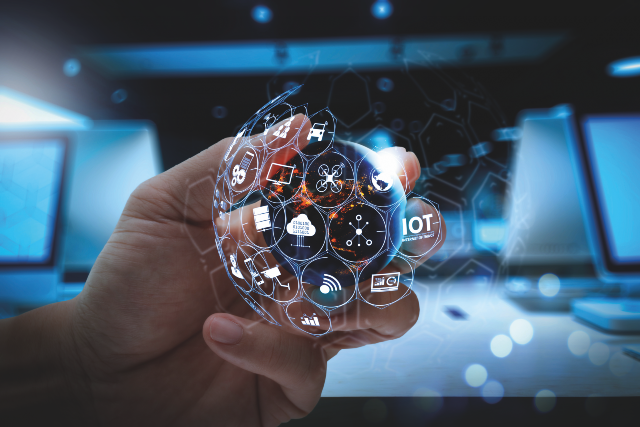Physical Address
304 North Cardinal St.
Dorchester Center, MA 02124
Physical Address
304 North Cardinal St.
Dorchester Center, MA 02124

It must have been a day of celebration on November 21 at Huawei’s vast 127-hectare lakeside office park in the southern Chinese city of Dongguan.
One can easily imagine the cheering from the 25,000 employees as the hated Trump lost the presidency to liberal globalist Joe Biden. Surely the Huawei dynasty leaders must have thought Biden will save us.
Huawei has been subjected to economic sanctions by the US for more than two years, seriously affecting its ability to procure, design and manufacture smartphones.
How Huawei directors must have looked forward to the end of vicious sanctions that had crippled Huawei’s aspirations in the ‘Five Eyes’ intelligence alliance – Australia, Canada, New Zealand, the UK and the US.
In fact, Huawei’s problems in the West have become even more acute under Biden, who has maintained the crippling sanctions.
If anything, the Federal Communications Commission confirmed that Huawei equipment and services were still deemed a threat to national security. Huawei remains among five Chinese companies still outlawed from providing telecoms equipment (the others are ZTE, Hytera Communications, Hangzhou Hikvision Digital Technology and Dahua Technology).
So it was no surprise earlier this month when Huawei announced at its Global Analysts Summit that it was hastening the development of its 1+8+N strategy to develop PCs, TVs, audio, watches and smart travel products.
Huawei will move to become more of a software and application development power devoted to improving connectivity with 5.5G to enable progress in areas such as intelligent vehicle design and finding green energy solutions.
“I think it is a continuation of the strategy and not a disruption,” says IDC research manager Marta Pinto.
“The losses in the smartphone segment and potential spillover to the network business were already too heavy. They had to work to set up a new OS, and since China doesn’t have Google, they applied the new competence to their 1+8+N strategy to develop a full ecosystem to try and make the most of the market that is available for them.”
Huawei has been working on technology for advanced car connectivity since 2012. In 2018, it decided not to have its Huawei-branded vehicles but to develop systems for car manufacturers.
One result of the 1+8+N initiative has been an alliance with China’s electric vehicle company SERES to create a new electric drive range extension system.
The HUAWEI DriveONE Three-in-One Electric Drive is being installed in the SERES SF5 electric car, with an electric range of 180 kilometres for daily city commuters and over 1,000 km in extended-range mode. It will be available in Huawei flagship stores across China.
At the summit, director of Huawei Institute of Strategic Research William Xu spoke of developing routine connectivity speeds of 10Gbps, and a 100-fold increase in computing power and storage.
These, he said, will be the building blocks of 5.5G to connect millions of diverse devices to the internet of things. As well as defining a new 5.5 standard, he told analysts that Huawei would be striving to achieve several strategic initiatives this year.
These included diversifying and optimising the Huawei product portfolio to boost business resilience and research technology that would reduce energy consumption, as well as building green data centres, and investing in more components for intelligent vehicles and autonomous driving software.
“By 2030, there will be hundreds of billions of connections around the world,” said Xu. “Broadband speeds of 10Gbps will be available to every user. We will see a 100-fold increase in computing power and storage capacity.
“More than 50 per cent of energy will come from renewable sources. The technologies that power the generation, transmission, processing, and use of information and energy will need to evolve.”

Xu said that 5G is about enabling everything to be connected, though it would be unable to support all diverse IoT scenarios. “For example, industrial IoT applications require large uplink bandwidth. Self-drive vehicles need communication and sensing capabilities,” he said.
“Industrial IoT applications require massive numbers of connections and large uplink bandwidth, so they need need ultra- broadband, low latency, and high reliability.
“They require real-time broadband communication (RTBC). Vehicle-road collaboration in connected vehicles requires both communication and sensing capabilities.”
Xu said this meant other approaches would be required to enable intelligent connection of things: “We need another new scenario, harmonised communication and sensing. 5.5G must cover these three new scenarios currently not covered by 5G: uplink-centric broadband communication (UCBC), RTBC and HCS.
“Together they will take us beyond the connection of everything, enabling an intelligent connection of everything.”